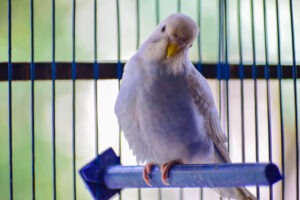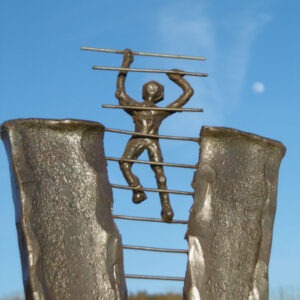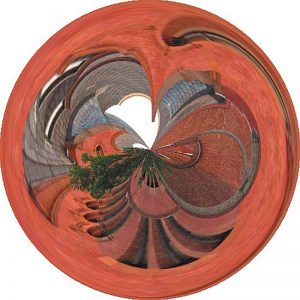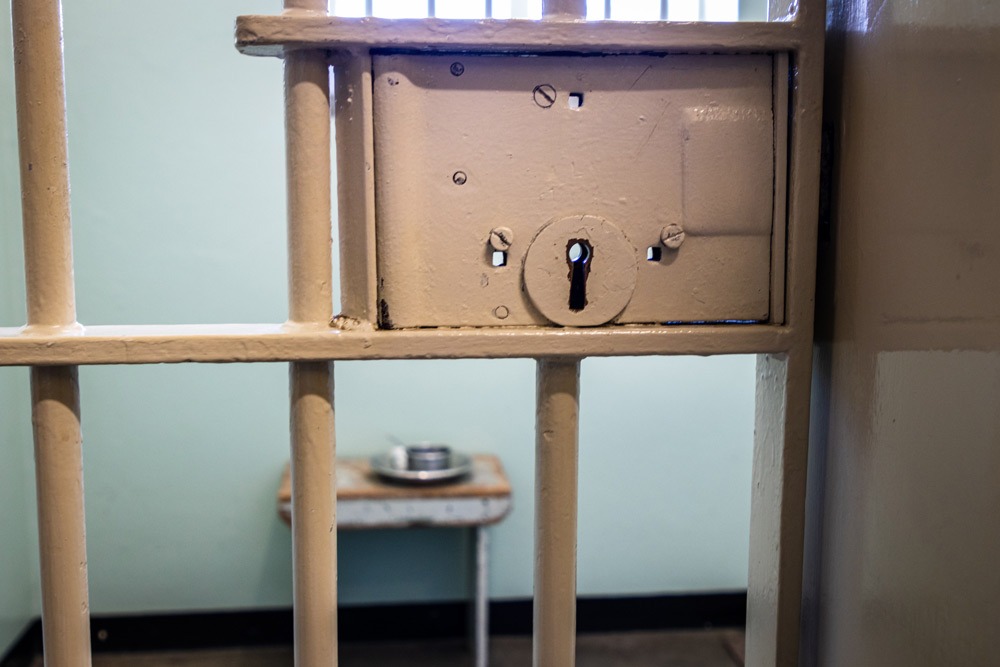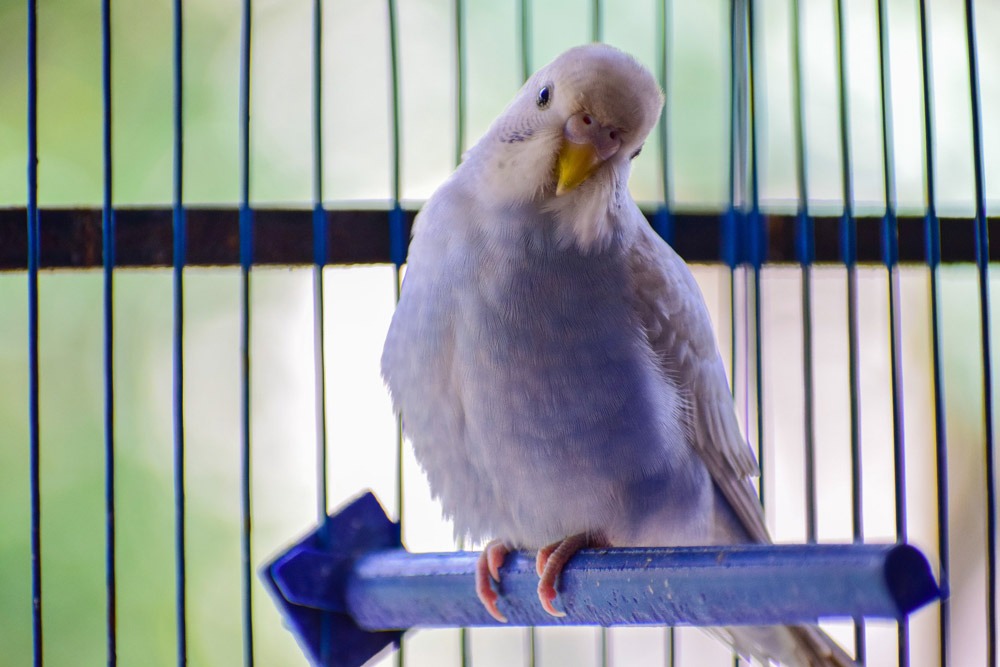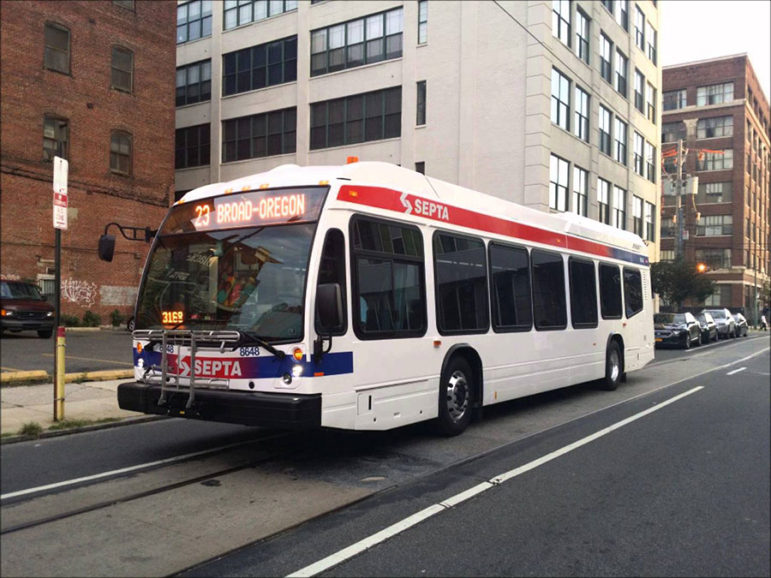
In recent weeks, one of the buses that covers SEPTA Route 47 in Philadelphia has been turned into a rolling, storytelling, community-building art installation while still transporting commuters back and forth along one of the city’s longest bus routes. The 47 runs between points north and south, and its riders include immigrants and refugees from Asia, Africa, Europe, and Latin and Central America. Artists affiliated with a project known as Southeast by Southeast working with Mural Arts Philadelphia and the city’s Department of Behavioral Health, collected stories from commuters and adorned one of the buses—inside and out—with 47 stories, plus maps and photographs.
Artist Shira Walinsky explains:
Part of the goal overall of this past year has been to connect the refugee communities in South Philadelphia, that Southeast by Southeast has been working with for a long time, to other incredible small and unknown communities.
Along with Laura Deutch, Walinsky helped to organize community meetings—one near each end of the 47 route—and to collect the stories of migration and community featured on the bus. According to the project website, and with the help of translators, they asked people questions like these:
- What is your name?
- What bus stop do you use most frequently?
- What do you wish you could know about other riders?
- Where do you feel at home in the city?
- What do you want people to know about you, your history and culture?
- If the #47 had a playlist, what songs would you contribute?
- Do you have any stories about riding the #47 bus?
Some riders described being afraid the first time they stepped onto the 47:
Many of them, like Bree Bree, 45, Naw Tha, 68, and Eh Tmui Paw, 22, had never ridden on a bus before coming to Philadelphia. They lived on farms in Myanmar and then at refugee camps in Thailand. Knowing where to get off the bus or asking simple questions, they said, quickly became hard because of language barriers.
Sign up for our free newsletters
Subscribe to NPQ's newsletters to have our top stories delivered directly to your inbox.
By signing up, you agree to our privacy policy and terms of use, and to receive messages from NPQ and our partners.
Others expressed appreciation for the melting-pot experience of riding the bus or the sense of community among relative strangers who share a commute: “You take the bus every morning and see the whole world on your way to work, and I thought that was just the coolest thing,” said Melissa Kim. “Just to hear other languages on the bus, just to see people how they interacted differently, and it was really, really eye-opening for me.”
As Carlos Pardo noted, “Once you get in the bus, you are like in a little community, where if somebody needs help, you reach and help them with their bags or with their strollers.”
NPQ has reported before on some innovative ways that nonprofits, artists, activists and social entrepreneurs have repurposed old buses to deliver services or to make a point. Most recently, we reported on a bus that had been turned into a travelling anti-Trump-campaign project nearly a year ago. While that vehicle apparently failed to gain sufficient traction, it makes the current art project on SEPTA’s Route 47 all the more important. As reported in the Plan Philly article, “the project is especially relevant today because it portrays immigrants as a positive part of our city, and it aims to connect people through a shared experience in a moment when there have been a lot of negative comments about immigration nationally.”
As Deutch observes,
The bus is still like one of these few quasi-dying public spaces where people are forced to be together, and I just think that there are fewer and fewer of those spaces and more ways to opt out of being in those spaces. I hope people might kind of take the route and see what it is like to be in that experience where you see things in a language that you don’t understand or you‘re around people that otherwise you are not interacting with.
As it says in great big letters on the back of the 47 bus, “We are all migrating together.”—Eileen Cunniffe




